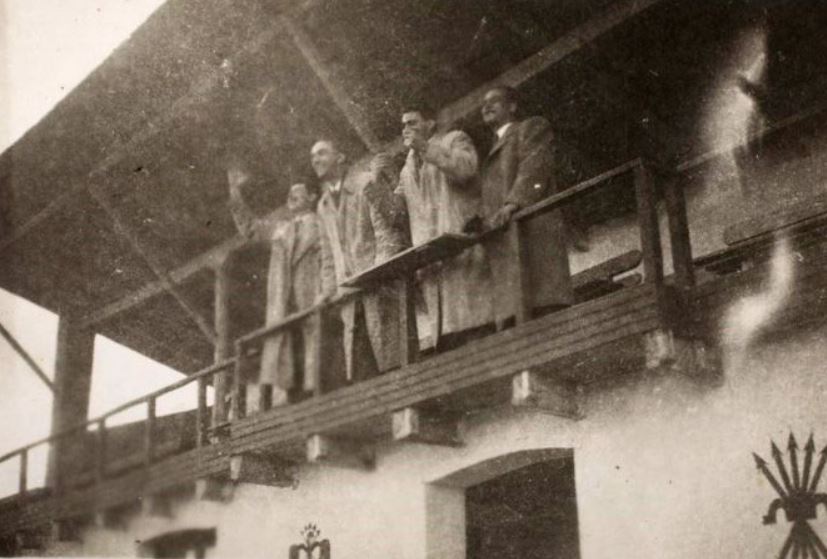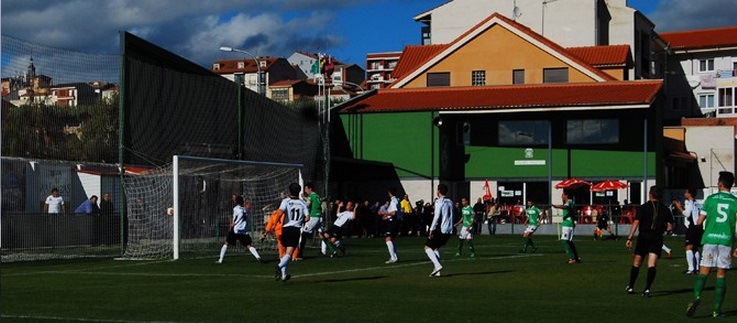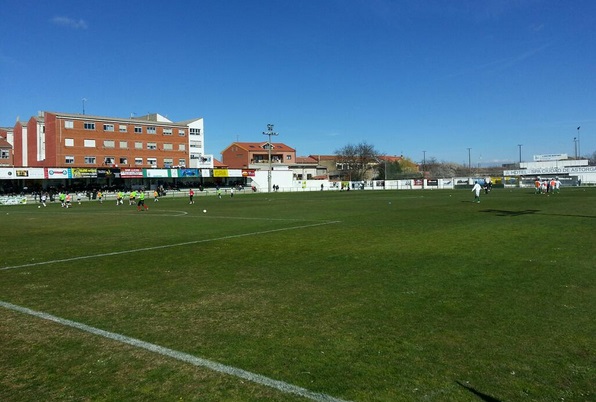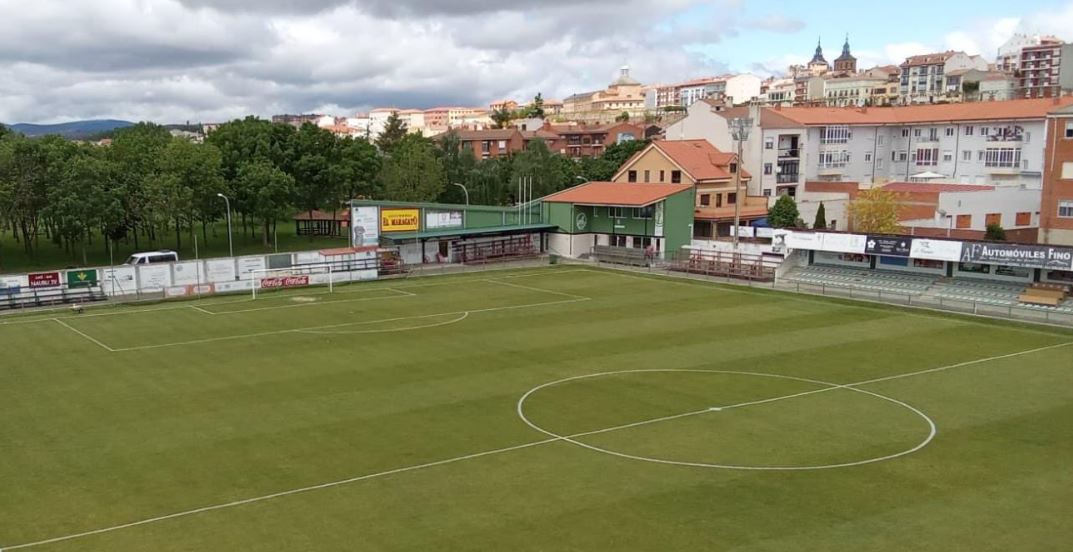Whilst the city of Astorga has a long and rich history, which can be traced back for over two thousand years, its footballing heritage has much shallower roots. Whilst the game was being played in the city’s catholic colleges around the turn of the 20th Century, it wasn’t until the formation of Club Deportivo Astorgano in 1914, that a club from the city played across the Province of León. By the 1930s, CD Astorgano and another club from the city, Unión Deportiva La Salle-Astúrica, were playing in the second tier of the Federación Castellano-Leonesa, but the outbreak of the Civil War put an end to both clubs and organised football would not return to Astorga until 1943.

It would take the development of a football field to the south of the city by the Nationalist Youth Front, to act as a catalyst for the formation of a new club. Astorga Club de Fútbol was formed in the spring of 1943 and on the 23 July, they played Deportivo Bañezano (winning 5-2) at the new Campo del Frente de Juventudes. Located on the road from Madrid to La Coruña, the ground was on former pasture land on the north bank of the Rio Jerga. It remained an open field with very basic facilities until 1950, when a raised wooden stand, with seating for 500, was built above new changing facilities on the southern side of the field. The club changed its name to Club Deportivo Astorga in 1952 and in 1956 won promotion to the Tercera. In advance of their debut in the third tier, the ground was properly enclosed for the first time with the building of a 10 foot high stone wall. There followed ten seasons at this level, with the club never finishing higher than tenth (1961-62) and often battling relegation. The drop to the Regional Preferente marked a gradual decline and in the summer of 1972, with the club heavily in debt, CD Astorga folded.
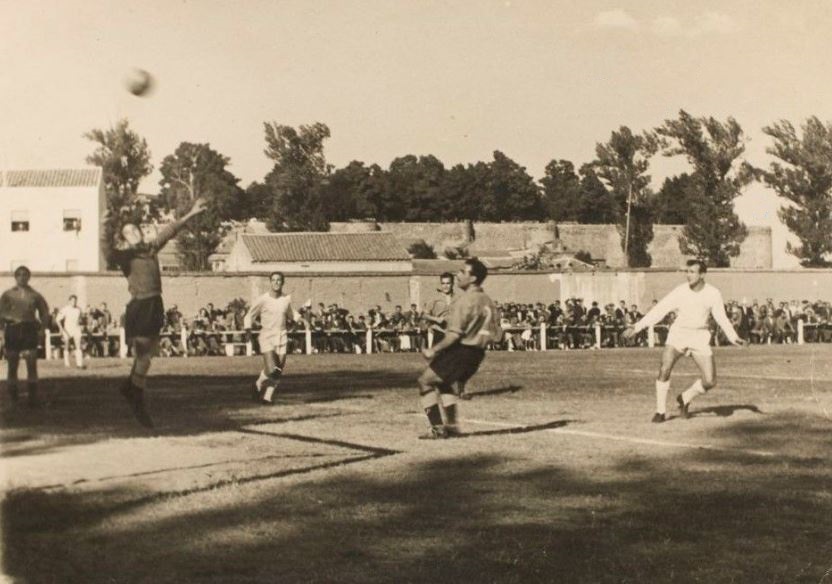
Taking over residency at the Campo del Frente de Juventudes was Atlético Astorga, a youth team that had formed in November 1969. The club’s constitution was changed in August 1973 which enabled it to compete in senior football. At this juncture, much of the Campo del Frente de Juventudes had fallen into disrepair. The wooden stand had missing seats and would be demolished a year or two later, whilst the changing facilities that stood below remained, had no heating or hot water. Part of the boundary wall had collapsed and the once lush playing surface resembled, according to journalists, a potato field. The directors of the club urged the City Council to fund a new stadium, but it would take until the early 1980s for the ground, now named La Eragudina, to receive a face lift. A new seated stand was built along the northern side of the enclosure. Still standing today, it features a deep fascia to offer spectators a screen from the sun, and a high rear wall to block the north wind that can be practically glacial during an Astorganos winter. To the relief of the players, heating and hot water returned to the changing facilities, but much of the enclosure was still rudimentary and the playing surface continued to be problematic, not helped by an annual equestrian event held at La Eragudin.

Atlético Astorga reached the Tercera in 1980 and remained there until 1993. Over the next 20 years, the club divided its time between the Regional Preferente and the Tercera, however things began to stir in the 2013-14 season. Having won promotion back to the Tercera in 2008, the club had made gradual progress, just missing out on the play-offs in 2011-12 & 12-13. Under the guidance of coach Carlos Tornadió, Atlético finished runners-up to Real Valladolid B in the 2013-14 season, totaling 77 points and scoring 68 goals. Form at La Eragudina was particularly impressive, with just two defeats in 19 matches. In the play-offs, Mallorcan club Binissalem were dispatched 3-1 on aggregate, whilst in the semi-final, Atlético recovered from a 4-0 defeat at CD Mensajero, to win the second leg 4-0 and advance on penalties. In the final, Atlético overcame Cantabrian’s CD Laredo on away goals. Life in Segunda was always going to be a challenge, but Atlético avoided relegation by 2 points, thanks in part to back-to-back wins in the final two games of the season. The following season proved to be more difficult, with Atlético finishing 18th and 5 points from safety.

Atlético’s ascent from the Regional Preferente, via the Tercera to Segunda B, brought about a series of improvements to La Eragudina. The first to receive attention in 2006 was the playing surface. This area of Castile y León experiences extremes of climate in summer and winter, and there is no coincidence that the improved playing surface saw an upturn in form. The north stand also saw a refit, with 300 green bucket seats added to the concrete bleachers and heaters installed above the seated area to keep out the winter chill. In 2007, the standing areas around the pitch were resurfaced, a new fence around the playing area was installed and new substitute benches were added. The summer of 2009 saw more development. The Training area, accessed behind the southeast corner of the ground, was revamped, and the old Casa de Justi, which stood in the north west corner of the ground, was converted into club offices and a bar/cafeteria. The cost of the work over the three years came to €251,000.
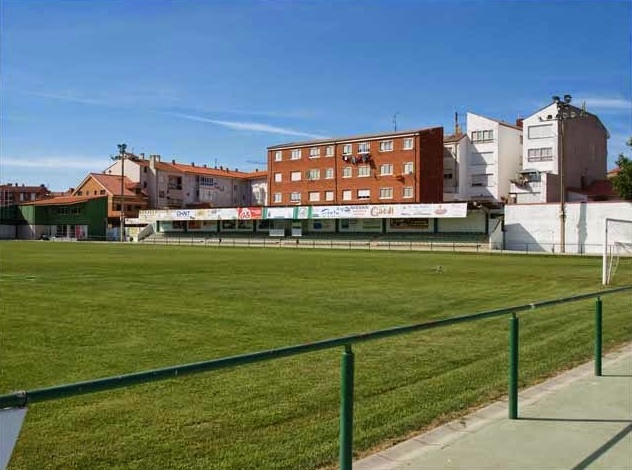
The redevelopment continued when new floodlights were installed before the start of the 2009-10 season, and Atlético entertained Sporting Gijón & UD Las Palmas in two pre-season friendlies. Perhaps the most impressive addition to La Eragudina was the building on the southern side of the enclosure of new changing rooms, a gym, physiotherapy area, doping control room, press room, mixed area, toilets for the public and a second bar. This is all housed in single tiered building that is slightly set back from the pitch and opened for the start of the 2013-14 season at a cost of €550,000. In January 2019, a covered stand seating 250 was opened in the southwest corner, whilst three rows of uncovered seats now stretch for 40 metres towards the southeast corner. On 6 December 2023, a record crowd of 2,332 watched Atlético play Sevilla FC in the last 32 of the Copa del Rey.

Whilst Atlético & the municipality have developed La Eragudina in a piecemeal fashion, each stage has been thought through and perfectly executed. Whilst each element is completely different in size and style, they combine to make a whole that looks and feels right. The result of their endeavor is a smart, quirky and welcoming enclosure that is quite unlike any other in Spain.
Atlético Astorga Official X/Twitter: https://twitter.com/AtleticoAstorga
La Futbolteca Club History: http://lafutbolteca.com/atletico-astorga-futbol-club/
La Eragudina – 75 Years of History https://astorgaredaccion.com/archive/22636/la-eragudina-75-anos-de-un-estadio-de-futbol-i


